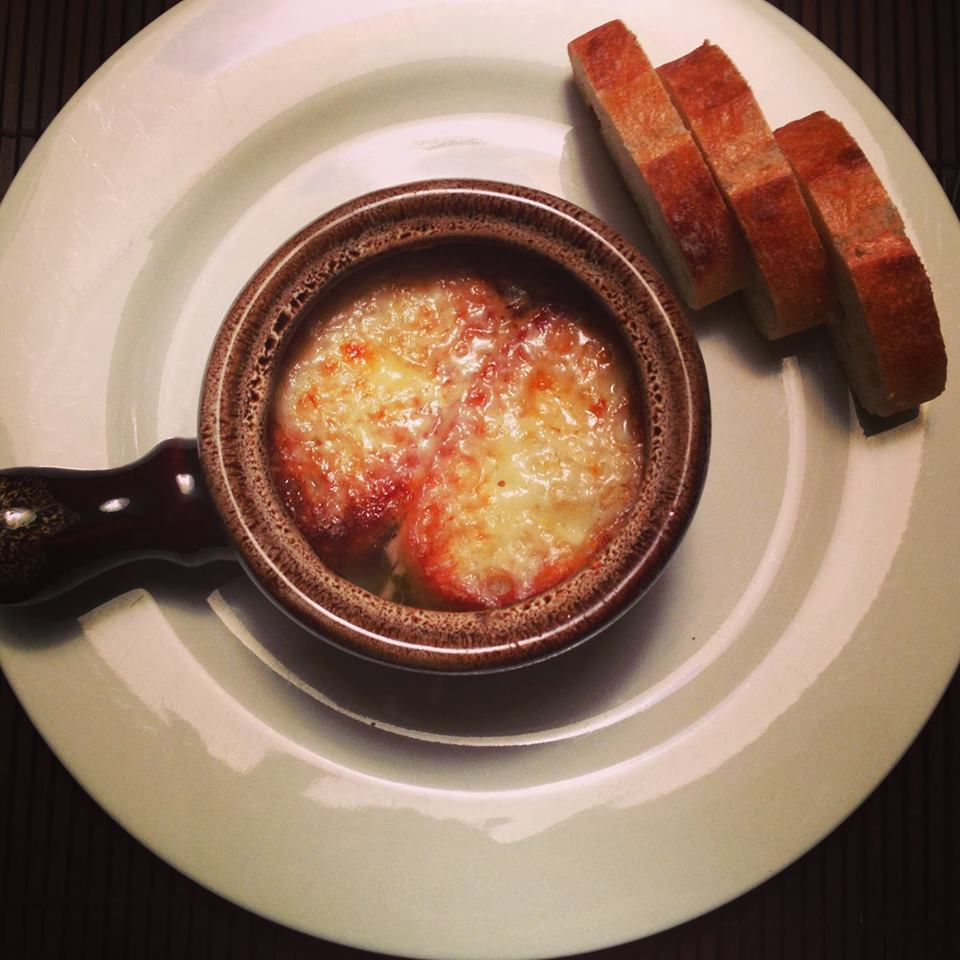My first bike was a sweet blue BMX with yellow wheels, and it was the epitome of simplicity: two wheels, one speed and coaster brakes. That’s it. Things went downhill from there.
My bike-complexity quotient culminated with a mountain bike (for all those Winnipeg mountains) that has six times more gears than my car, big knobby wheels and so many interconnected cables that I have yet to meet anyone who can adjust them properly. As a result, there is always at least one component out of alignment.
Two springs ago I decided I’d had enough and joined the dark-side of cycling by building a “fixie” (fixed-gear bicycle).
My build began with a discarded Raleigh frame I found in the garbage. It didn’t have any components, but it was straight and the right size for my freakishly proportioned body — a very lucky score.
After a cleaning, I used a hacksaw to remove the rings on the crank that I didn’t need and set about finding a decent pair of wheels.
Good wheels are essential to any bike, but especially for a fixie. Unfortunately, I decided to be cheap instead of smart and tried to fit a set of thrift-shop specials.
Winnipeg’s potholes made short work of them, and before long I was spending more time getting my wheels straightened than riding the bike they should have been attached to.
I eventually succumbed to good sense and bought a good set of wheels — the only part of my bike that was bought new.
The special thing about my back wheel is that I just have one gear fixed to the hub, as opposed to series of cogs on a ratchet — ensuring no coasting.
With the frame and wheels out of the way it was time to address stopping the damned thing, and I’m afraid that cheapness once again won out over common sense.
Seeing an opportunity to save $30, I fitted a rear brake from a previous dumpster-find to the front of my frame. With it, my bike doesn’t so much stop as does slow down slightly more quickly than if I just stopped pedalling.
To be honest, I really should fit a better brake, but I’ve been stupidly putting it off for 18 months now — what’s the harm in waiting a few weeks more?
So that’s my bike: frame, wheels and a shoddy brake, which if I’m honest is more for the comfort of my family than it is for my protection.
Riding a fixie is a strange feeling at first. Since the rear cog is fixed to the wheel you can’t coast, and the first few times you try (and you will) your forward momentum will keep the pedals turning regardless of what your legs are doing.
The first few times I rode my “new” bike I wasn’t sure I liked the fixed-gear setup, as I would be punted off of my saddle every time I forgot I couldn’t coast, but eventually I got used to it — now coasting feels strange.
You might be scratching you heads right now, wondering why anyone would commit himself or herself to a single gear, but I encourage you to try it.
Fixies are silent, light, simple, fast and dead reliable. I’ve become addicted to sneaking up on people commuting on mountain bikes and silently gliding past them as they click and clack along the road.
Sure you might get mistaken for a hipster-poser, and sure you’ll regret your decision every time there is a head-wind, but give a fixie a chance and I doubt you’ll go back.




That’s pretty cool. I do love fixies down the paths and the silence. I can’t wait to take out the Fixie I got from http://www.2wheelbikes.com/ and have more fun with it.
Can a UofM alumni participate here? While a “fixie” has all the quoted advantages (along with the major quoted disadvantages), my ideal compromise is the classic Sturmey-Archer 3-speed hub (probably not being made anymore). All the gears are inside the rear hub, shielded from the elements and from twigs, branches, etc. A single tensioned cable connected to a small handlebar lever does need to be calibrated, but that’s it! You get 3 excellent gears, near-instant trouble-free shifting, delightful coasting (with a bit of sound), and yes, you do need hand brakes, though Sturmey-Archer once even made a version of this 3-speed hub with internal coaster brake. These bicycles were a pleasure to ride!